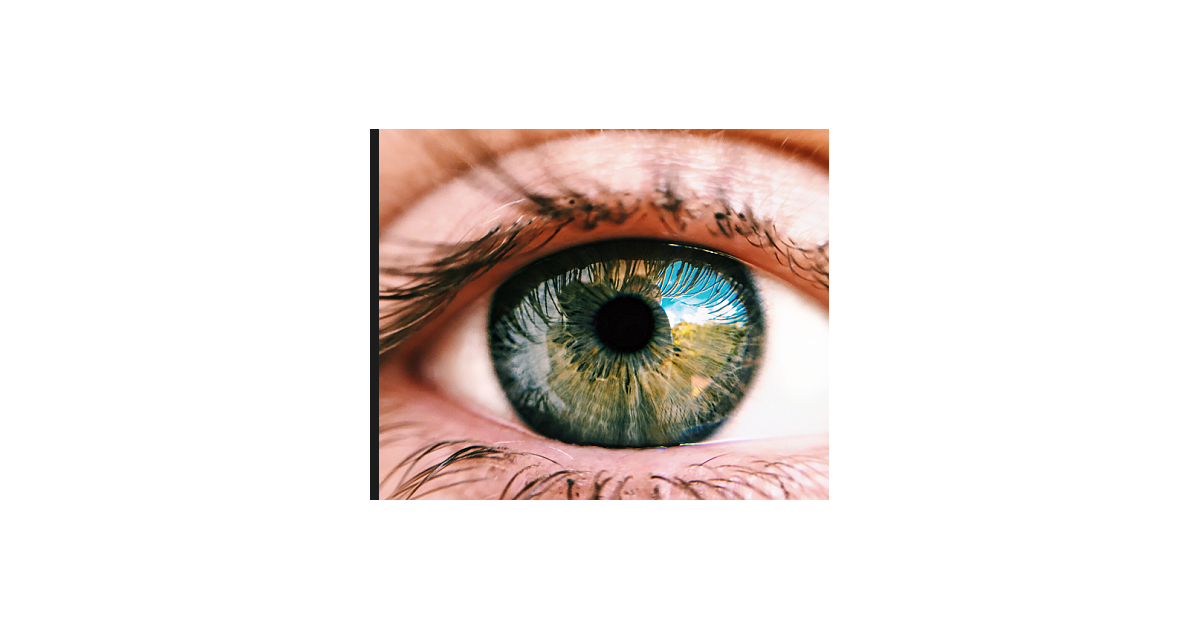By Sarah Knapton
13, 2022, 10:22 PM
Dead eyes from organ donors have been “brought back to life” in a breakthrough which hints that brain death may be reversible.
Scientists in the US proved that photosensitive neuron cells in the retina can still respond to light and communicate with each other up to five hours after death, sending signals “resembling those recorded from living subjects”.
Crucially these neurons form part of the central nervous system (CNS), which encompasses the brain and spinal cord, bringing the possibility that other cells in the CNS could be similarly restored, perhaps bringing back consciousness.
Writing in the journal Nature, the authors said that the study “raises the question of whether brain death, as it is currently defined, is truly irreversible”.
Cells responded to different types of light
Lead author Dr Fatima Abbas, of the Moran Eye Centre at the University of Utah, said: “We were able to wake up photoreceptor cells in the human macula, which is the part of the retina responsible for our central vision and our ability to see fine detail and colour.
“In eyes obtained up to five hours after an organ donor’s death, these cells responded to bright light, coloured lights and even very dim flashes of light.”
In 2019, Yale University restarted the brains of 32 decapitated pigs which had been slaughtered four hours earlier, switching on blood circulation and metabolism, using a cocktail of chemicals.
But experts said the new research had gone one step further, restoring b-waves - the slow, rhythmic oscillations recorded in living brains.
Dr Frans Vinberg, an assistant professor of ophthalmology & visual sciences at the University of Utah, said: “In Yale’s case, coordinated population activity of neurons in pig brains could not be revived.
“In our case, we were able to revive population responses from photoreceptor cells even up to five hours after death in the human central retina, an important part of our central nervous system.
“We were able to make the retinal cells talk to each other, the way they do in the living eye. Past studies have restored very limited electrical activity in organ donor eyes, but this has never been achieved in the macula, and never to the extent we have now demonstrated.
“Retina is part of our central nervous system so we think similar things might be seen also in the other parts of the brain.”
Breakthrough could speed up sight loss therapies
In early experiments, the team managed to revive the light-sensing cells, but struggled to get them to talk to each other.
They soon realised that a lack of oxygen was driving the silence, and so designed a special transportation unit that could restore oxygenation and other nutrients to eyes as soon as they were removed from a donor.
The holder also includes electrodes which can be connected to both sides of the retina to monitor electrical signals, as well as a light stimulus system.
The researchers are also hopeful the breakthrough will mean that eye experiments which are currently conducted on primates can now be carried out on "living" donor eyes, speeding up new therapies for sight loss and improving the understanding of neurodegenerative diseases.
“The scientific community can now study human vision in ways that just aren’t possible with laboratory animals,” said Dr Vinberg.
“We hope this will motivate organ donor societies, organ donors, and eye banks by helping them understand the exciting new possibilities this type of research offers.”
Source – YAHOO News.
Yours sincerely
Frank Short



